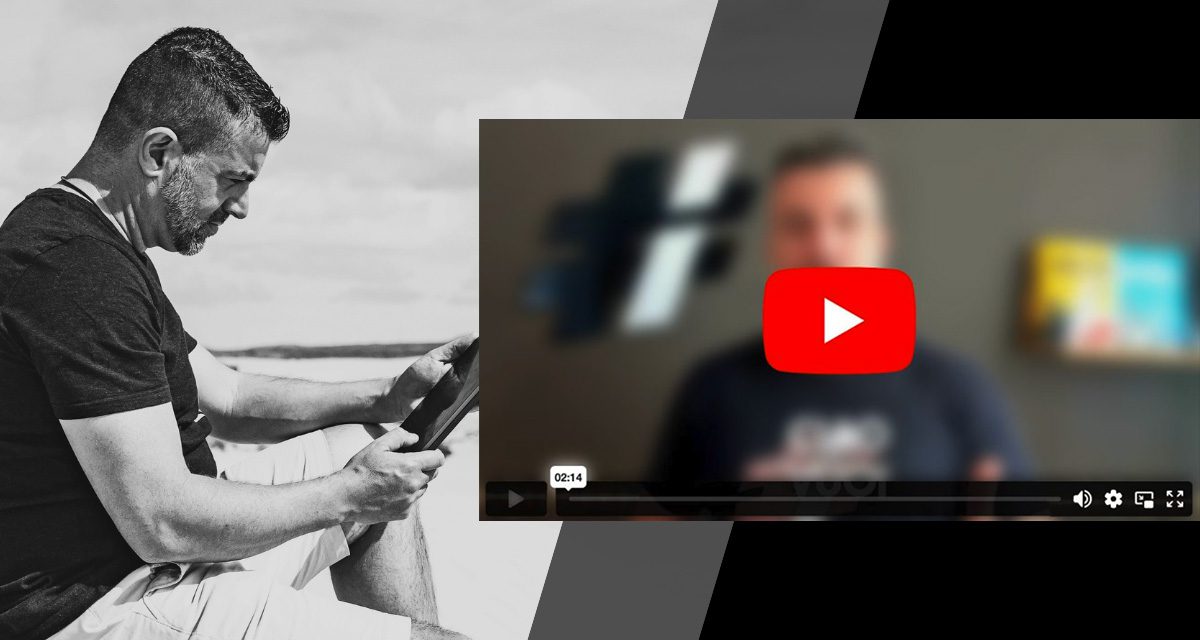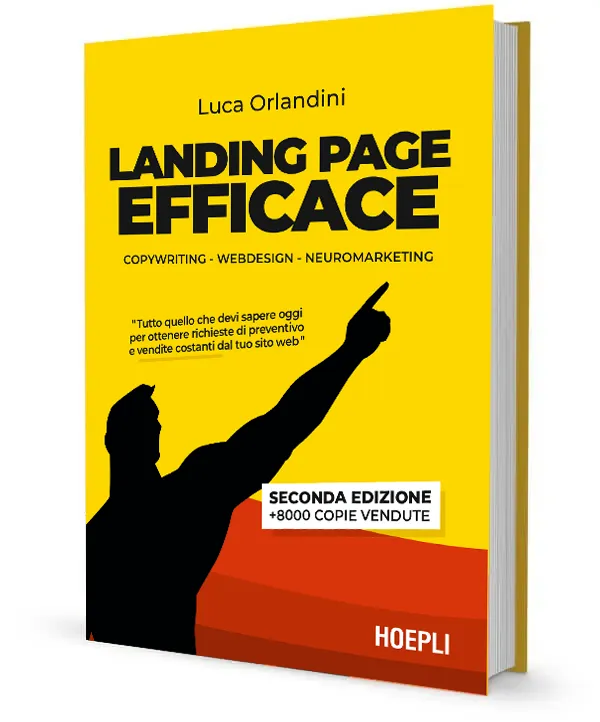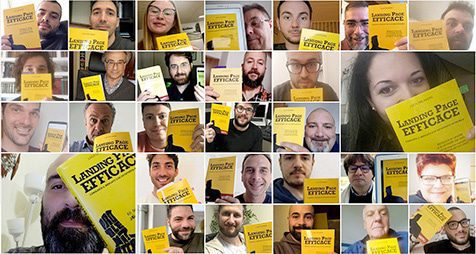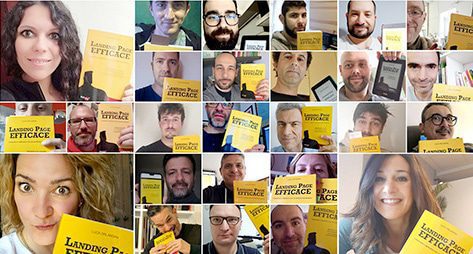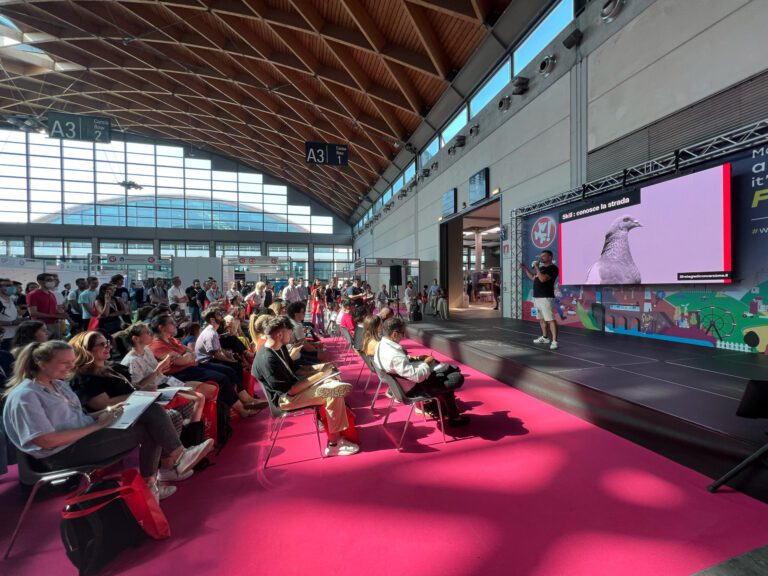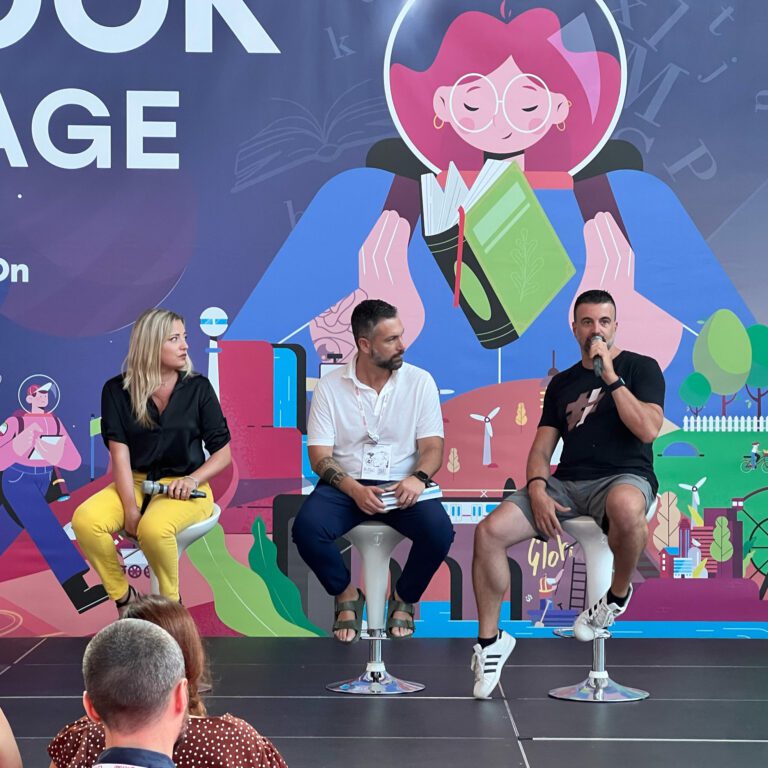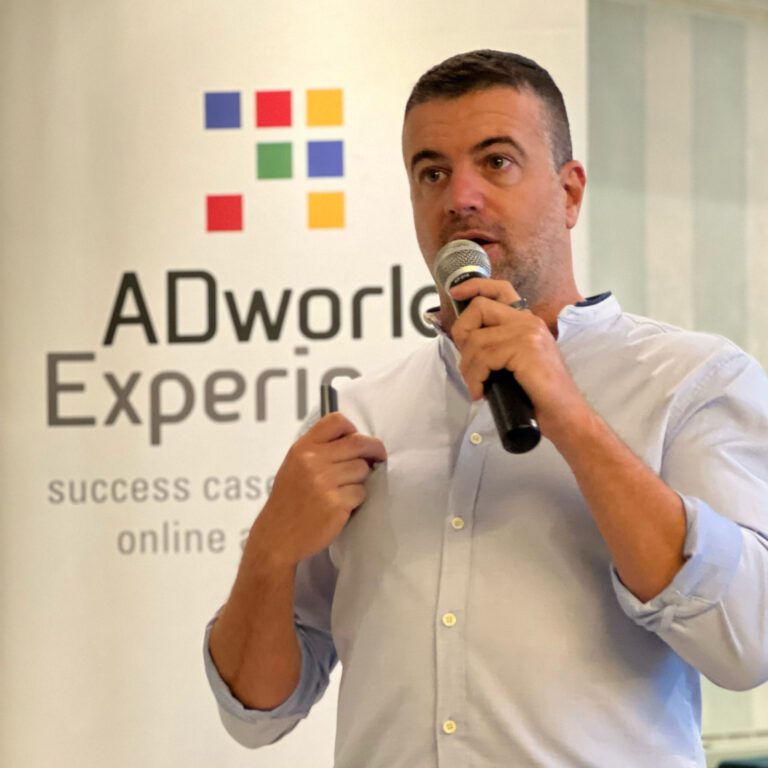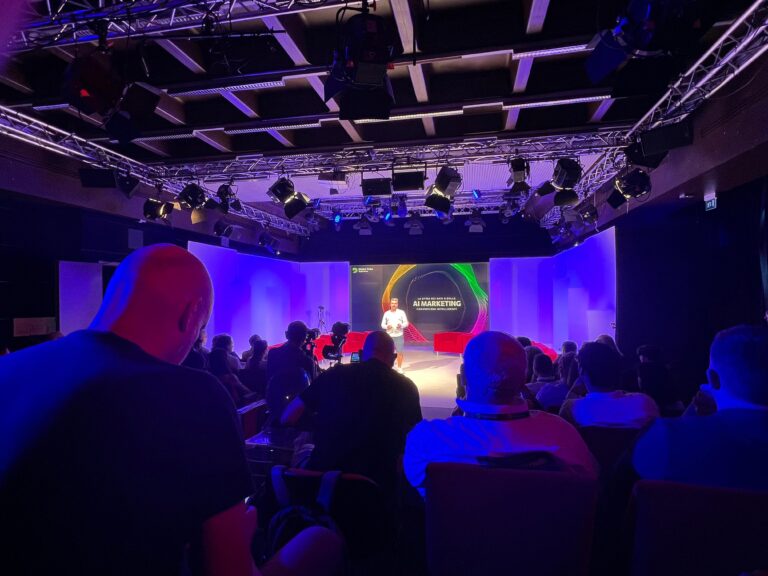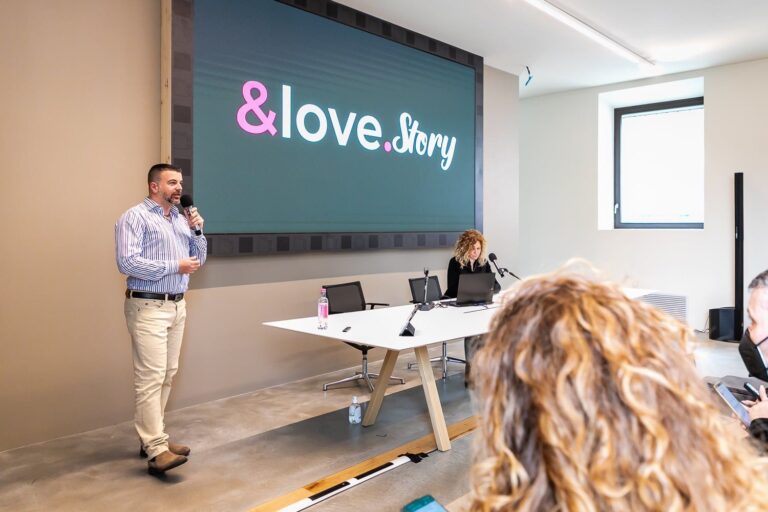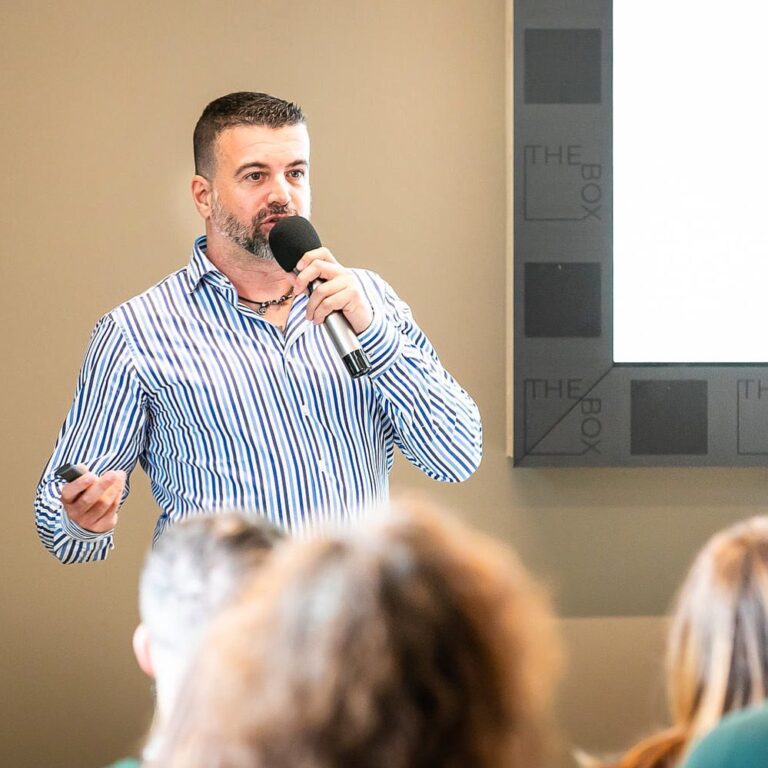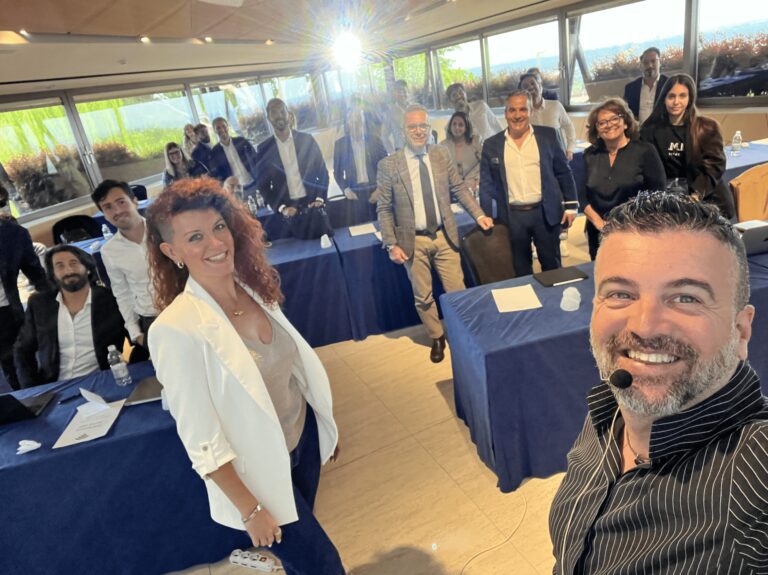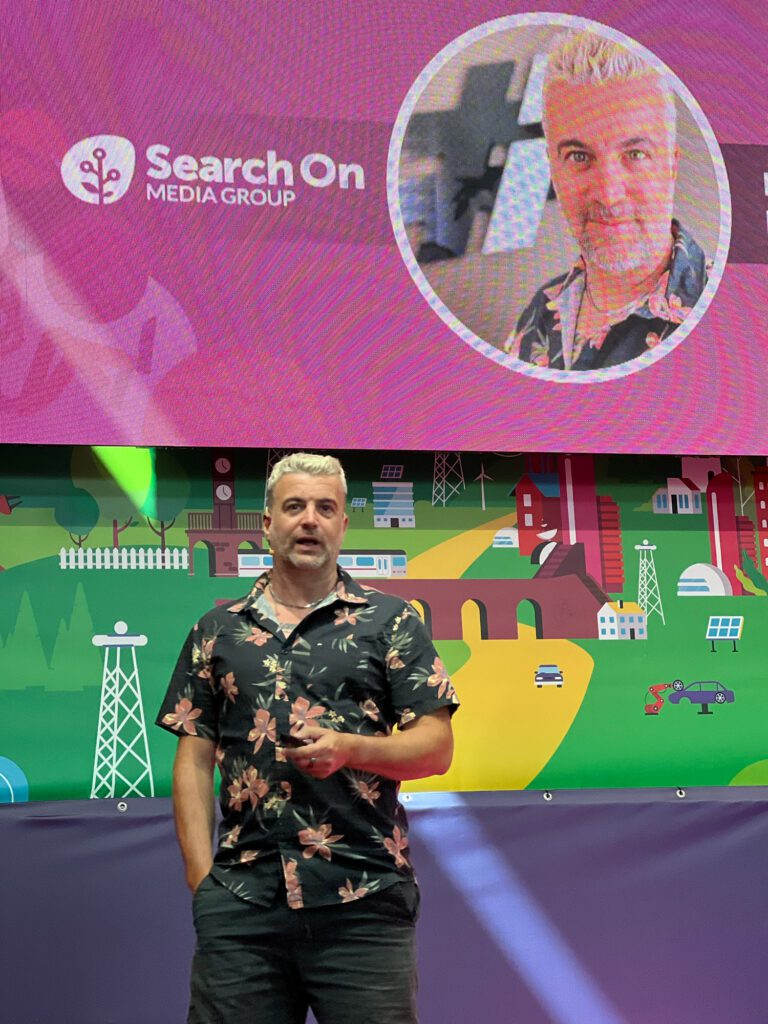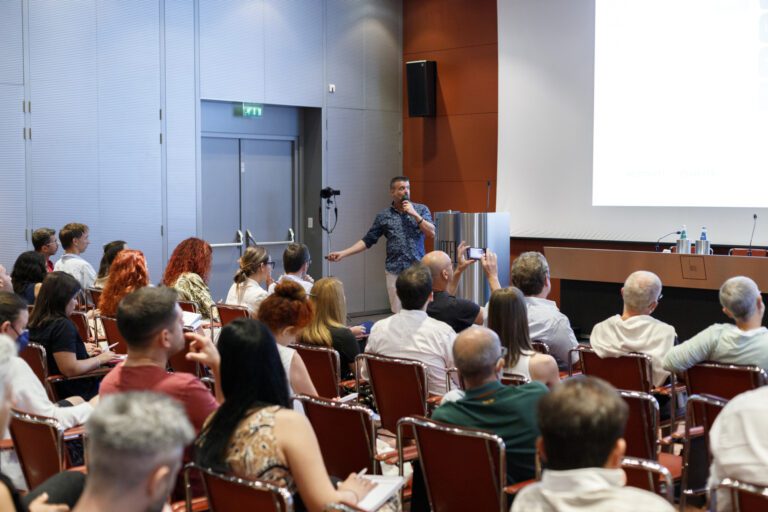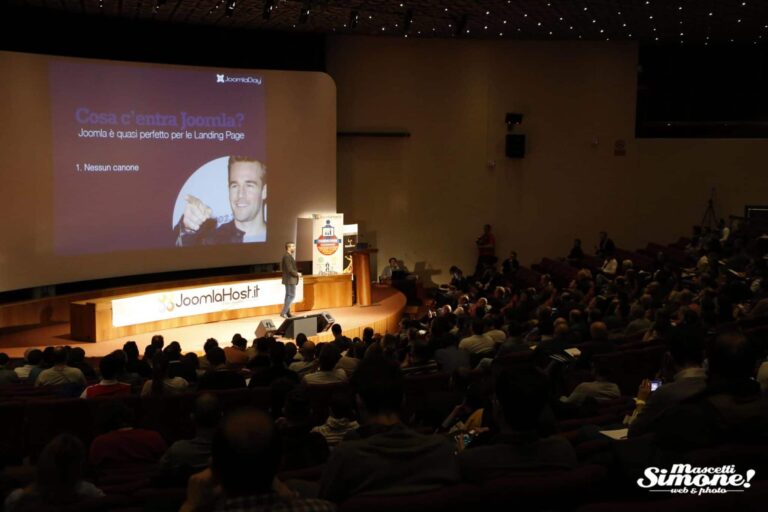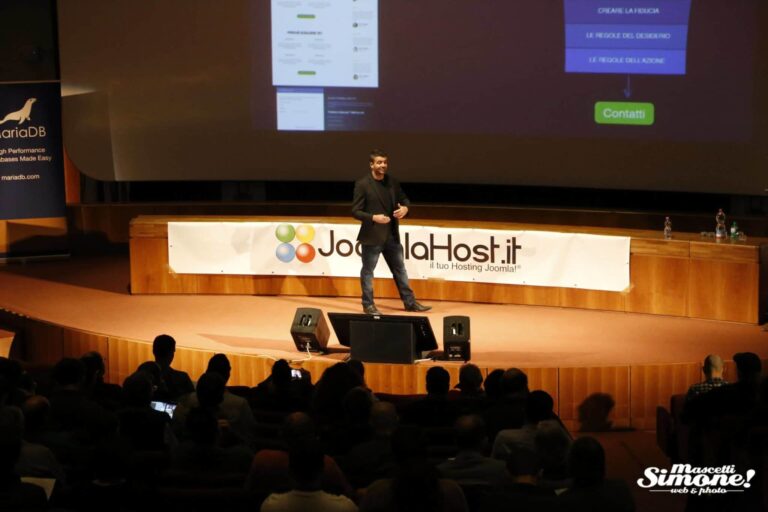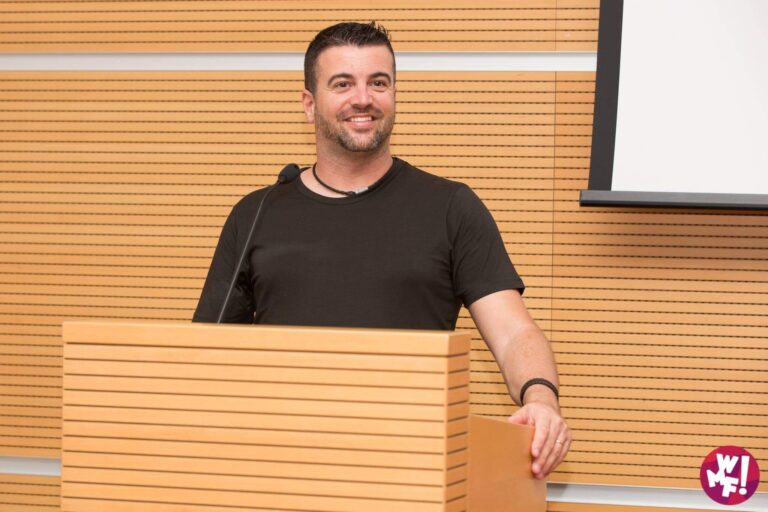Landing pages are a powerful tool to intercept users potentially interested in your offer and convert them into customers, but their usefulness and effectiveness depends on the type of offer you want to promote.
Online you can find hundreds of articles describing to you “how to create a landing page,” but in most cases they are just translations upon translations of American articles that will never explain to you the most important thing:
How to tell if a Landing Page works in your business.
If you’ve landed on this article you’ve probably already visited the homepage of this site or heard about this strange thing: the ‘Landing Page’.
Perhaps you have already searched for information on this topic, but have not found clear answers: it is normal, nowadays those who write articles for websites are not experts on the subject and are limited to translating texts from English or generating them directly with artificial intelligence.
A different thing happens here.
The writer has been studying and developing Landing Pages since 2007 and since 2012 has decided to deal exclusively with this. Things went well, in 2016 he wrote a book that in its small way revolutionized the way websites are designed in Italy, and then went on to develop the first agency specializing exclusively in Landing Pages and Conversion Strategies.
In short, you’re in the right place.
But then, do you really need this landing page?
Here, on this page we will look at all the features that an offer must have in order for a Landing Page to really make a difference in results but also at those signs–for reality well evident–that are present in businesses for which a Landing Page would only represent a useless waste of time and money.
Let’s get going!

What is a landing page?
There are a whole host of definitions for this term , but in general, if we want to explain its meaning in a simple and straightforward way we could define it as that page where a user ‘lands’ after clicking on an ad and, therefore, expressing an interest in a specific offer.
The main purpose of this page is to be the most perfect follow-up to a specific interest that a user has expressed online by clicking on an ad or Google results screen. This normally occurs in three main contexts:
- He is not well, has a problem and is looking for a solution
- He is well but, like anyone who is well, he is attracted to being better
- He is doing well and happened to see an opportunity that intrigued him.
The Landing Page starts from these three different contexts, and to be considered “Effective” it must resolve the user’s search intent…
- Presenting a different and more target-friendly promise than competitor solutions
- Generating trust around the promise by reducing the user’s fear of making mistakes to zero
- Stimulating the user to perform the required action already on the first visit, without delaying
At the center of everything there should always be him, the user, but even today I find myself observing on the Web a flood of landing pages that focus not on him and his needs and problems, but on what the company itself wants to sell, say about itself, or get.
Needless to say, these pages never work.
Read also: How to Develop an Effective Landing Page
The Landing Page and the FCB Grid.
Have you ever thought that users might NOT be interested in reading you?
Here, let’s get it into our heads that the landing page is not always the Deus Ex Machina of every marketing campaign.
To achieve the goals listed above (presenting the promise, generating trust, leading to action) there must be one basic condition: the user must be interested in acquiring information by reading our page and, even before that, our ads.
Is the user impervious to communication? Are you not interested in learning more about the topic we cover or-even simpler-can you not be intercepted online through ads? The project will not work.
Wait, I’ll take a step back and see everything slowly.
Simplifying as much as possible and taking away goals and best practices, a Landing Page is SIMPLY a text-based communication that offers information to potential customers who manifest determined engagement.
Simply put, the landing page works when the user is interested in learning more about something.
But this is not necessarily always the case.
Think of consumer goods, such as a coke, a beer or even insurance.
When we are interested in these products or services, in most cases we do not need additional information to guide our choice. We are not involved in our research and reason on autopilot by feel or, at best, we rely on price to choose which product or service to buy.
We have no interest in acquiring data about it in order to choose “better,” and as a result a Landing Page will slip over our attention like water over a waxed raincoat.
I must admit that finding out that AIDA is not the only theoretical model of how advertising works but only one of 6 really impressed me. But how, everyone online is talking about AIDA. How come no one has evaluated those cases where there is not enough interest to be able to develop an information-based campaign?
Yet advertisers know it well, so to combat the waxed raincoat they misted the message and then spread it everywhere with mass media.
Let me explain further.
Instead of creating a single drop (or even a bucket) of information that comes at you, they have reduced the message to its smallest component, the slogan or payoff, and repeated it so much that it is literally impossible not to memorize it.
As attention is reduced, repetition is increased. Pavlov.
By the way-if you find this book, don’t miss it!
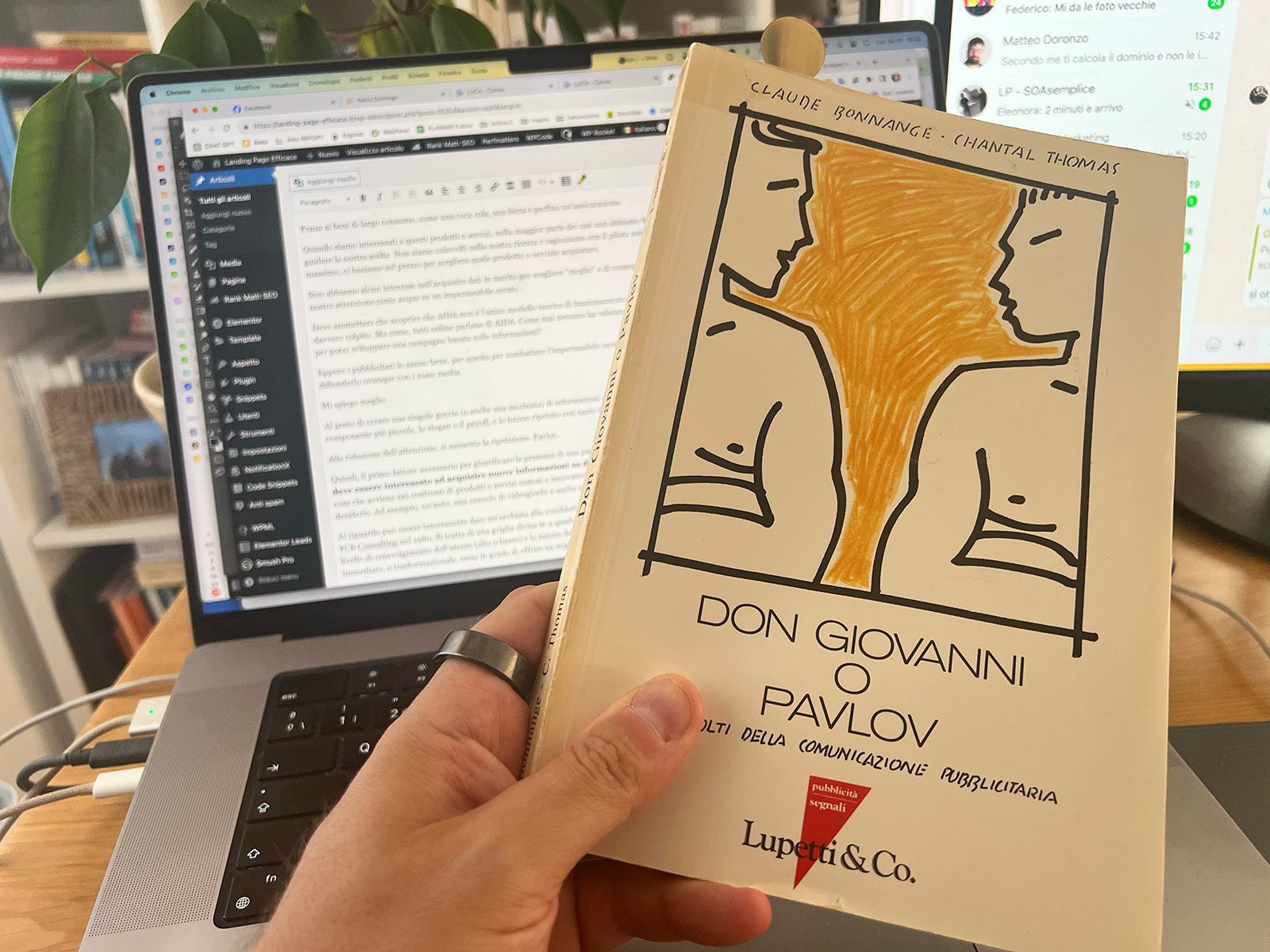
But back to our Landing Page and the likelihood of its success….
We said that the first factor needed to justify the presence of a landing page is how the potential customer relates to the offer: Must be interested in acquiring new information and this is done with something that generates rational interest, emotion or fear of being wrong in him.
You can use the‘FCB Grid‘ I discuss in Conversion Strategies to help you.
Conceived by Richard Vaughn, vice president of FCB Consulting in 1980. It is a grid divided into 4 quadrants that subdivides products and services according to the combination of the level of user involvement (high or low) and the nature of the purchase (functional, i.e., necessary to satisfy an immediate need, or transformational, i.e., able to offer an improvement to the consumer’s condition).
I leave it for you below, complete with assets as examples for each quadrant.

Instead, below is something that can help you better understand how to position various products or services within the grid.

Shall we do a test?
- Car to go to work? Instrument, interesting.
- Insurance for that same car? Instrument, boring.
- Convertible sports car? Toy, interesting.
…and so on.
This is a simplification of course, and one must consider that in reality in the grid the audience of an offering will not form a single point but a blur because different people will relate to the offering with different involvement and need.
Toys and tools is not a precise definition but since I first saw it I immediately found it very interesting and helpful in making the choice easier: a training course to learn how to bake cakes would fall under toys (and not tools) because you can still live without it and it is not indispensable, no matter how enjoyable it might be.
Basically, Toys are things you would like to have, that you might like or improve, while tools are things you need to live with and not have problems. A dentist who treats you a tooth that hurts thus falls under functional (tools) while dental veneers to have a beautiful smile fall under transformational (toys).
Aida works only in some quadrants, while in others it is less effective or totally ineffective. That is why, just as Bonnange writes in the book whose picture I put to you above, there are other models of how advertising works, such as the story, the two-for-one, the repeated claim … and so on.
Having defined the level of user engagement and their level of urgency or need, we can estimate the effectiveness of the landing page by adding a third dimension: awareness.
The Landing Page and Schwartz’s Levels of Awareness.
Have you ever wondered what your potential customers already know about your offering?
The presence of engaged users willing to acquire new information is not the only determining factor in whether our landing page will be successful, because we also need to know IF and HOW the user has already been exposed to offers similar to ours.
This information determines HOW we need to communicate in order to get as much in tune as possible with the reasoning, doubts, and questions that are in our potential customer’s head.
Eugene Schwartz, one of the greatest copywriters ever, defined that there are 5 possible levels of awareness ranging from the ultra-aware to the totally unaware.
The first level is populated by those who already know exactly what they need and what to buy to meet their need and the only thing they are sensitive to are price or terms of sale.
For these users, an Effective Landing Page is not the best solution because these people’s level of engagement is generally low-they already know everything. 100% of information needed for purchase already acquired.
More short phrases work for them, allowing them to understand that they will not find better offers for that product-service they have already chosen to buy.
The following 3 levels, the intermediate levels, are the most interesting ones for us.
At these levels, the user is aware of his or her problem or need and is in a stage from evaluating among several already defined solutions to finding the solution to a problem of which he or she is aware.
They are divided by the amount of information they have.
Imagine a boy who is 18 years old, has just started working but on his midweek day off he is bored. He is aware of this and wants to find something fun to do.
- 4th level – aware of the problem
The person has already become aware that:- During the weekend he is bored
- 3rd level – product category
The person has already become aware that:- During the weekend he is bored
- Video games could be a solution
- 2nd level – product or product version
The person has already become aware that:- During the weekend he is bored
- Video games could be a solution
- Playstation and Xbox have just come out with new models
- Play is more suitable for his taste, but there are various versions
Here, in all these 3 stages we can work with a nice landing page to draw attention to the user who will be, in one way or another, looking for information.
In Level 2, he will probably want to know more about the features of the Play to be reassured about the goodness of his choice and proceed with the purchase, or perhaps he will want to know which bundle is best for him.
In Level 3 he wants to find good reasons for preferring one console over all others, kind of like Sheldon Cooper in Big Bang Theory, remember him?

In the 4th level he might be impervious to communication about consoles, but at the same time be drawn to advice on how to spend the evenings in a more fun way.
Why am I telling you this in an article that is supposed to make you realize if you really need a landing page?
Because really what you need is to communicate effectively with someone who understands your business, your potential customers, and packages the most appropriate messages to generate behavior in them.
Those in the 5th and final level, on the other hand, are totally unaware: to be clear, they are not even aware that they have the problem or need that can be solved through the purchase of the offer you want to promote and, as a result, it makes no sense for them to develop a Landing Page.
To sum it up, for a landing page to make sense we need:
- Let it be possible to intercept a user who is active in the search or evaluation of the solution to a problem or need and, by offering him information, he is interested in learning more.
- Let it be possible to intercept an immobile user and, by stimulating them with content that interests them, they can become activated and interested in learning more about it.
If someone is already clear about what they want or is totally immobile (and in either case will therefore be disinterested in our information) there is no point in bothering them with our advertising messages.
If you want to acquire customers online and your ideal customer falls among those mentioned, you need a Landing Page.
In fact, no.
You need an Effective Landing Page 🙂
Read also: What are landing pages for? Why are they crucial in Web marketing?
In conclusion
Well, now you know a little better what a landing page means, and you also know when it works, namely: when the user is interested in learning more about a certain topic, such as to learn more about the features of a product, and when they have an intermediate level of awareness, sufficient to make it sensitive to the communicative potential of the landing page.
To put this into practice, I recommend a little trick: If you want to figure out if a landing page might work for you, do a little research on Google and Facebook, and see if your competitors have active ads.
If they have active ads there is a good chance that your business can take full advantage of the potential of this amazing marketing tool.
Of course, this is an oversimplification of a very complex subject that requires study and experience to be dealt with properly. However, if you think you are among those who need a landing page to maximize business potential, I’ll make you a proposition.
Fill out the form on the homepage, download the blueprint now and follow the path to booking your free consultation. You can schedule a free consultation directly with me, Luca Orlandini, who has been working exclusively on landing pages and conversion strategies for years.
I will review your case and explain more about what you can do to enhance your business. From the very first moment you will realize that we are very different from a traditional agency because we know that our job is to provide the best answer to your questions and concerns.
This is the same thing we will do for your customers to create your Invincible Offer.
I’ll be waiting for you!
💡 Takeaways
- A landing page is a web page where users land after clicking on an ad and showing interest in a specific offer. It is designed to meet a specific need of the user.
- Creating a landing page is not always necessary. It is effective when users are interested in getting more information about a topic and when they have an intermediate level of awareness about their problem or need.
- The landing page works best when the target audience is responsive to acquiring new information and is looking for a specific solution or opportunity. For example, products that are expensive, innovative, or fulfill special desires may require an effective landing page.
- The landing page is effective for users in the intermediate levels of awareness, that is, those who recognize their problem or need but have not yet decided what to buy. It is important to tailor the message on the page to the different stages of user awareness.
- To determine whether you need a landing page, it is helpful to examine whether your competitors are using online advertising and landing pages. If they do, it could be a sign that your business could also benefit from using a well-designed landing page.
Questions & Answers
What is a landing page?
A landing page is a web page where users ‘land’ after clicking on an ad and expressing interest in a specific offer. Its main function is to attract potential customers interested in a specific resource and direct them to the solution of their problem or need.
Why is the landing page not the solution to all problems?
A landing page is not always the ideal solution. It works best when users are interested in obtaining information on a specific topic. It is not effective for consumer products or when users do not need additional information to make a purchasing decision.
What are the requirements for an effective landing page?
A landing page must be designed to intercept users who have a specific need and must offer a unique solution. It must build confidence in users so that they feel comfortable filling out a contact form. It is essential that users are aware of their problem or need and are inclined to seek information.


